A starch analysis of dental calculus has revealed the earliest direct evidence of a hominin diet and human ancestors' tooth-picking habit in East Asia.
Those early modern humans between 120,000 and 80,000 years ago ate acorns, roots, tubers, grass seeds and some unidentified plants, but they hadn't yet evolved to consume any agricultural crops like rice.
A group of Chinese researchers examined the starch grains in the dental calculus of Fuyan Cave hominins, the hunter-gatherers who lived in today's central China's Hunan Province and were among the earliest modern humans in East Asia.
There may have been a long-lasting tradition of feeding on carbohydrate-rich plant resources during the Late Pleistocene in China, with acorns playing an important role in subsistence strategies, according to the study published recently in the journal Frontiers of Plant Science.
Plant foods are a plentiful source of carbohydrates that greatly increase energy availability to human tissues with high glucose demands, said the researchers from the Institute of Vertebrate Paleontology and Paleoanthropology under the Chinese Academy of Sciences.
Some starch grains displayed damage, possibly caused by food processing, as acorns contain tannin and need to be processed before human consumption, according to the study.
The researchers said the food processing technology may have developed much earlier than previously detected.
The fossil of one individual showed obvious dental caries since the high intake of starch plants can lead to a certain degree of tooth decay.
Coniferous fragments were identified in the dental calculus of two Fuyan Cave hominin teeth, similar to those in a Neanderthal population from a 49,000-year-old site in Spain. A groove with numerous fine and parallel scratches was also found from the same tooth of its crown, according to the study.
The fragments and scratches in the groove indicate that Fuyan Cave hominins habitually rubbed the material between their teeth, similar to Neanderthals.
The findings explain the evolutionary advantage for those early modern humans with increasing consumption of starch that can supply energy to their increasingly large brain and other glucose-dependent tissues, the researchers said.















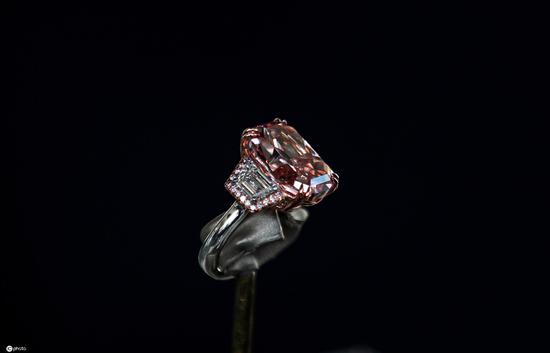









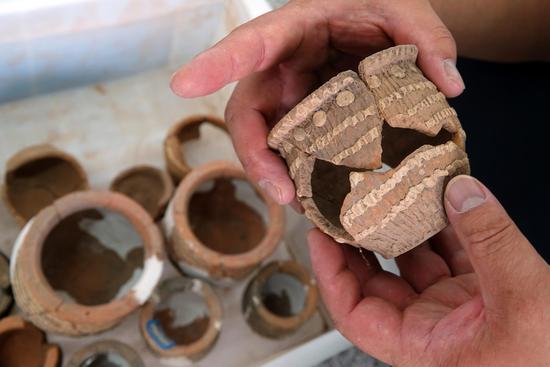
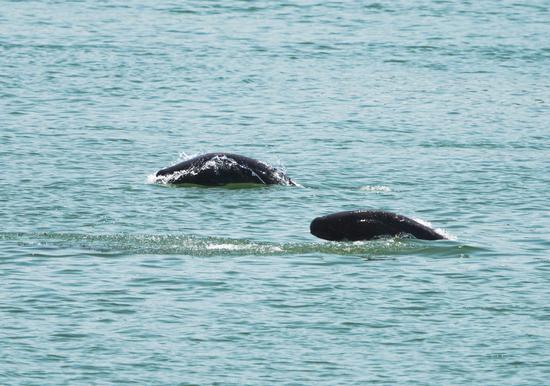




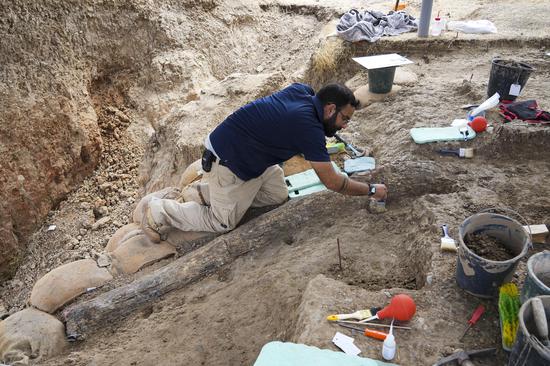

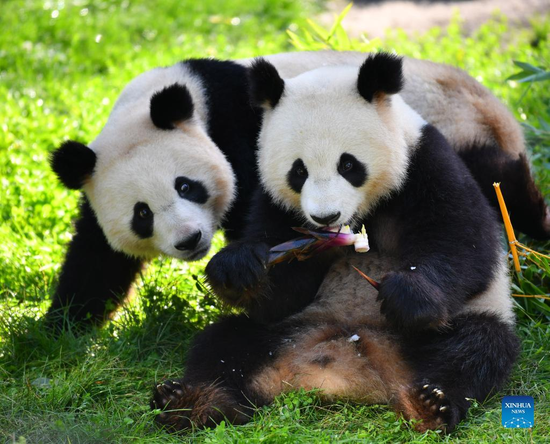










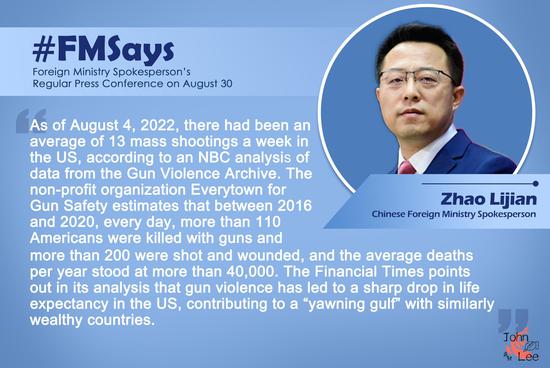

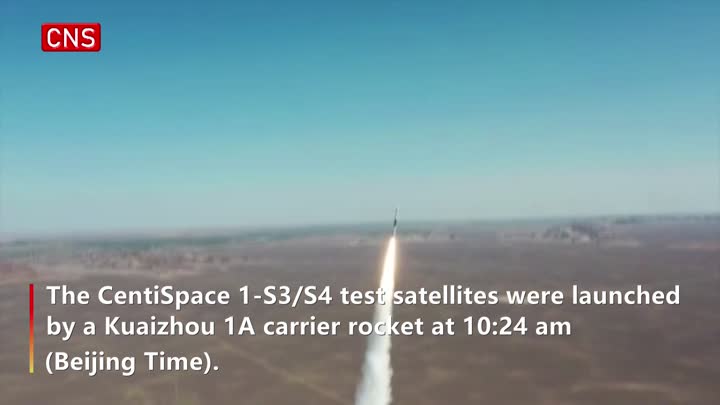

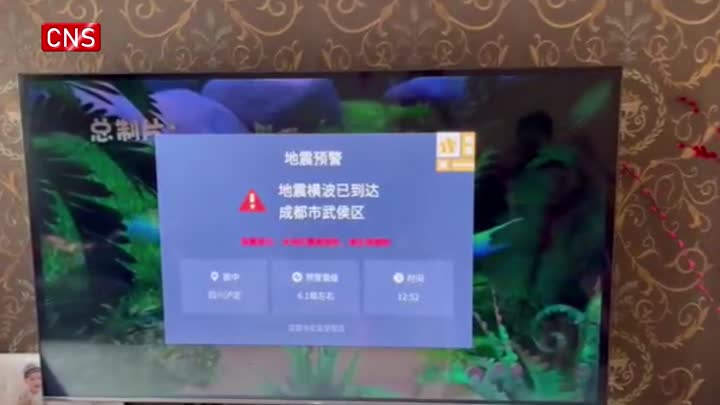

 京公网安备 11010202009201号
京公网安备 11010202009201号